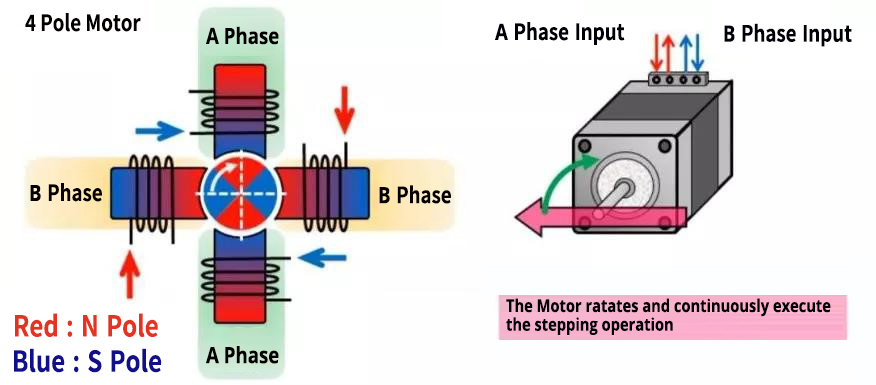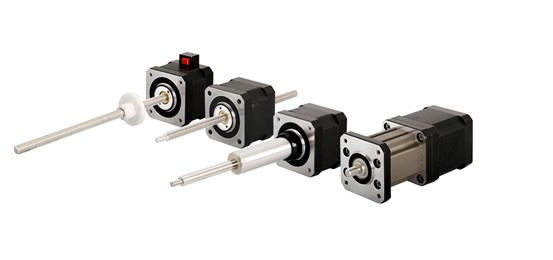There are several classifications of stepper motors and the stepper screw linear actuator is a part of this classifications. Here we introduce DINGS’ Stepper Screw Linear Actuator in detail.
The driving principle of stepper motorThe rotor of a stepper motor is a permanent magnet and when an electric current flows through the stator windings, a vector magnetic field is generated in the stator windings. The magnetic field drives the rotor to rotate by an angle such that the magnetic field direction pair of the rotor coincides with the magnetic field direction of the stator. When the vector magnetic field of the stator rotates by an angle, The rotor also rotates as an angle with the magnetic field. Each time an electric pulse inputs, the motor rotates one angle to move forward. The angular displacement output by the stepper screw linear actuator is proportional to the number of input pulses, and the speed is proportional to the pulse frequency. When changing the sequence of winding energization, the motor will reverse. Therefore, the number of pulses, frequency and the energization sequence of each phase winding of the motor can be used to control the rotation of the stepper motor.

Screw and nut are used to engage and some methods are adopted to prevent the screw and nut from rotating relative to each other, allowing the screw to move in the axial direction. In general, there are currently two ways to achieve this transformation from rotary to linear movement.
The first is to have a rotor with internal threads built into the motor and the internal threads of the rotor engage with the screw to achieve linear motion.
The second type uses the screw as the motor output shaft and an external drive nut engages the screw outside the motor to achieve linear motion
The result is a significant design simplification in many applications that allows direct use of linear steppers for precise linear motion without installing external mechanical structures. Linear steppers are widely used in many high-precision fields including manufacturing, precision calibration, precision fluid measurement and precise positioning.
